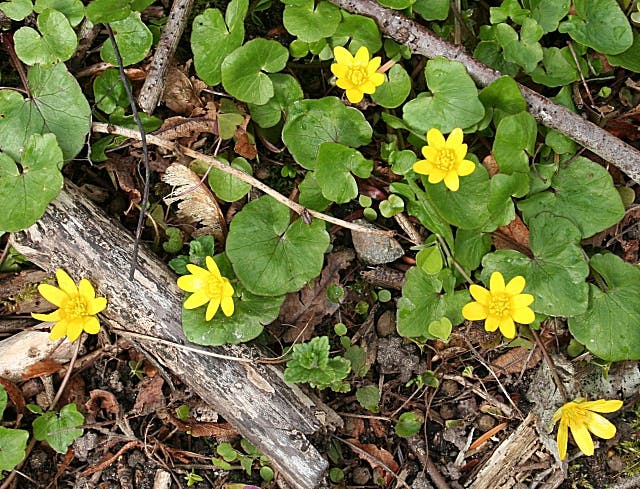Italian arum | Arum italicum
.jpg?ixlib=rb-1.1.0&w=2000&h=2000&fit=max&or=0&s=c89ecf38b845e18fbaafd033236ccecb)

.jpg?ixlib=rb-1.1.0&w=2000&h=2000&fit=max&or=90&s=22beff50b5038035f4a2f0a49dab5be8)
.jpg?ixlib=rb-1.1.0&w=2000&h=2000&fit=max&or=0&s=9f8c4880bb1d8cb36cb4565dafd96fc3)
.jpg?ixlib=rb-1.1.0&w=2000&h=2000&fit=max&or=0&s=d12b056720cf2588bbe087fd8c29e997)

.jpg?ixlib=rb-1.1.0&w=2000&h=2000&fit=max&or=0&s=c89ecf38b845e18fbaafd033236ccecb)

.jpg?ixlib=rb-1.1.0&w=2000&h=2000&fit=max&or=90&s=22beff50b5038035f4a2f0a49dab5be8)
.jpg?ixlib=rb-1.1.0&w=2000&h=2000&fit=max&or=0&s=9f8c4880bb1d8cb36cb4565dafd96fc3)
.jpg?ixlib=rb-1.1.0&w=2000&h=2000&fit=max&or=0&s=d12b056720cf2588bbe087fd8c29e997)

Also known as Italian Lords and Ladies, Italian arum is a perennial member of the arum family. Often planted as an ornamental garden addition due to its striking arrow-shaped leaves and creamy white veination. Thrives in shady, moist areas. Spreads both by seed and below-ground tubers.
| Habitats | Shady wooded areas, shady disturbed areas |
|---|---|
| Phenology | Perennial; flowering April-June |
| Shade Preference | Prefers partial to full shade |
| Soil Tolerance | Prefers moist soils |

